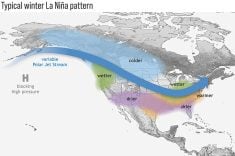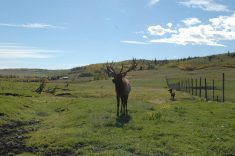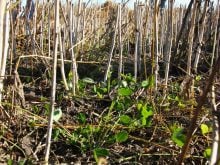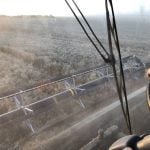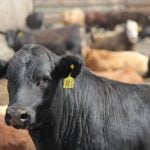Chuck Fossay knew canola yields would be down on his farm near Starbuck, Man., after an incredibly wet spring and a blazing hot summer.
However, the severity of the yield loss was astounding when he began combining his fields in late August.
“Our yields have been very disappointing. As low as six bushels (per acre) on one field,” said Fossay, who had harvested 40 percent of his canola as of Aug. 31.
“The best field we’ve done was 22 bu.” Fossay’s average canola yield in a more typical year is approximately 40 bu. per acre. So far this year, his average yield is 13 bu. per acre.
Read Also
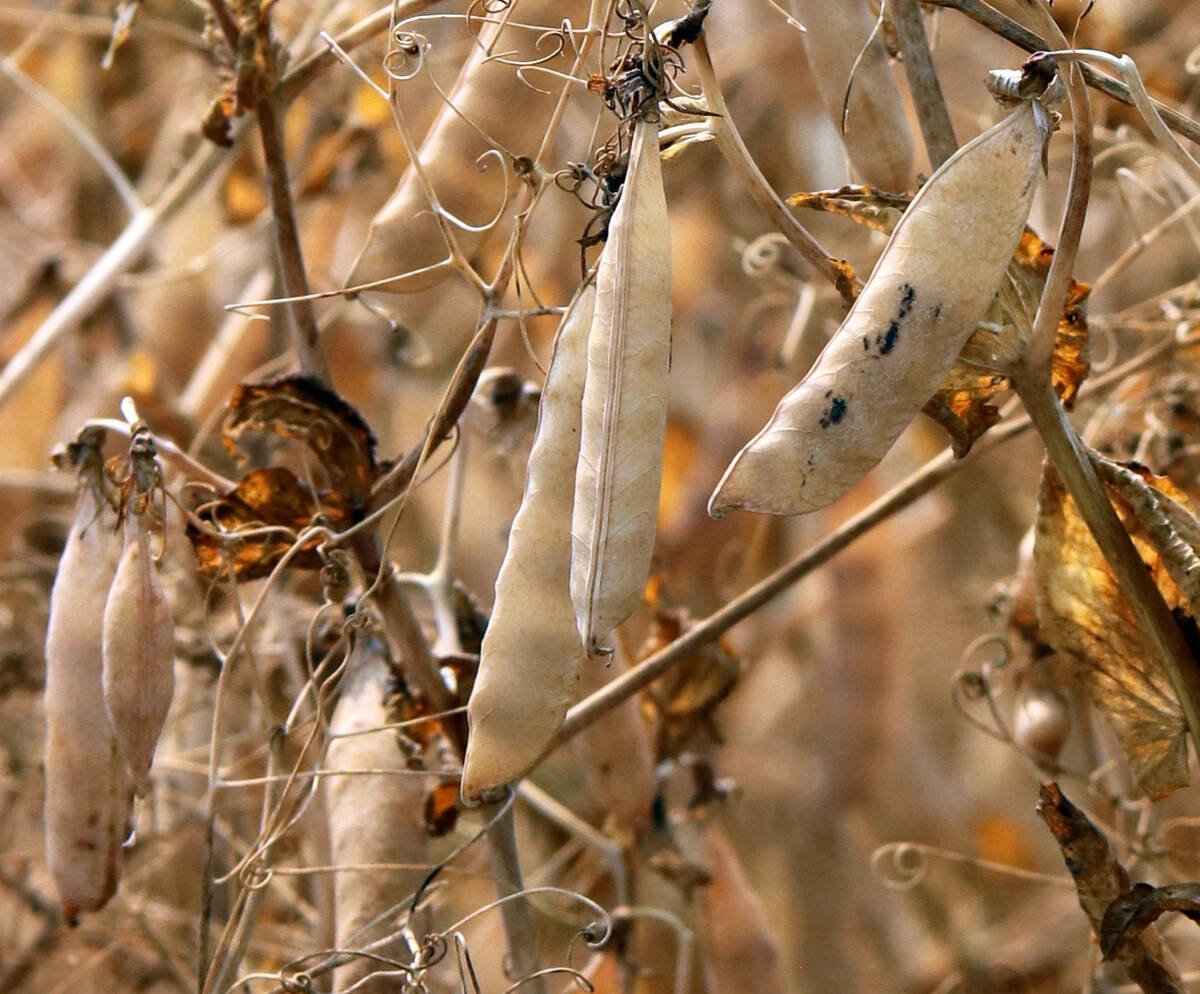
Trump’s tariffs take their toll on U.S. producers
U.S. farmers say Trump’s tariffs have been devastating for growers in that country.
“Some guys are even worse,” he said. “I talked to one (neighbour) who had a field of canola that only did three and a half bu. per acre.”
Poor canola yields have been reported at multiple locations in eastern Manitoba this year, especially in areas around Winnipeg.
Winnipeg normally receives 235 mm of rain in the three summer months. This year, 93 mm fell in that period, with most of it coming in early June.
“It basically stopped raining on the 17th of June,” Fossay said.
He seeded his canola into soaked fields, and the plants failed to develop healthy root systems. When the heat came in July, the roots weren’t able to penetrate the soil and pull up needed water.
“I’ve pulled up some plants, the roots are only an inch and a half or two inches long. It just didn’t go down,” he said.
Lacking viable roots, the plants failed to develop a canopy, which shields the crop during the dog days of summer. Without protection, high temperatures in July and August “cooked the canola pods,” Fossay said.
“The plants never branched. In a lot of cases there was just one stalk going up, with a few pods coming off it. If you don’t have that branching … you’re not going to get the seed development.”
Fields in other parts of the province were more resilient, said provincial oilseed specialist Anastasia Kubinec.
Canola yields in central Manitoba and other areas have been average (30 to 35 bu. per acre) to above average, thanks to timely rain and slightly better seeding conditions.
“Early seeded canola, if it was able to withstand the moisture and get established, it really handled the heat well,” she said. “The yields are coming off good.”
Kubinec expects Manitoba canola yields will be lower than those in 2008, 2009 and 2010, when yields averaged in the low fours or high 30s.




